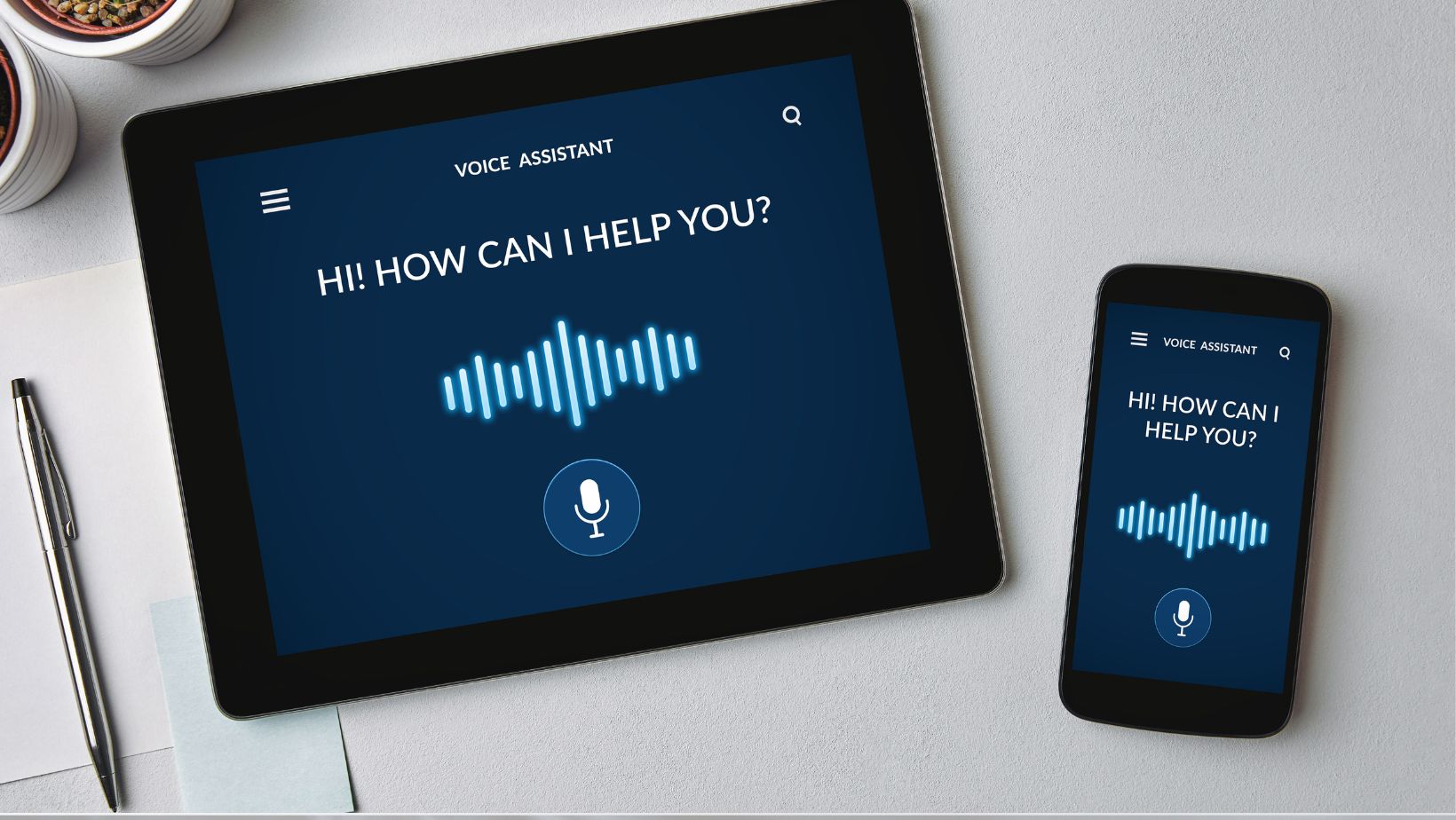
Have you ever wondered how you could change your voice without the usual tricks of pinching your nose or talking into a fan?
Thanks to advancements in AI technology, voice cloning isn’t just for tech wizards or movie producers anymore. It’s available to everyone, and it’s easier than you might think.
In this blog, we’ll dive into the fascinating world of AI voice cloning, exploring the tools you can use and the various applications of this technology.
What is Voice Cloning?
Voice cloning is the process of using artificial intelligence to generate a synthetic version of a person’s voice.
The technology analyzes the characteristics of the source voice and then reproduces it with stunning accuracy, often to the point where it’s indistinguishable from the real thing.
This capability opens up a myriad of uses, from personal assistants and customer service bots to more creative applications like video games and animated films.
Tools for Voice Cloning
There are several tools to which you can now give access through a general public voice cloning.
Here’s a look at some of the most popular ones:
Descript Overdub: Overdub is a Descriptive tool that clones your voice with a few minutes of audio samples. Once your voice is cloned, you can directly and instantly type out text and generate audio clips reading your typed text in your own voice.
Respeecher: This tool specializes in the quality of voice transformation, and uses it to make the user speak in the voice of someone else completely. We’ve seen it used in filmmaking as well as other professional media production contexts.

iSpeech: All those speech cloning services iSpeech offers are powered by AI: text to speech and speech recognition services. It is used both in commercial and development environments.
Modulate.ai: Modulate is known for its voice skins, letting users change their voice to sound like characters in real time for companies that are creating the illusion of online gaming and virtual reality.
Applications of Voice Cloning
Voice cloning technology has a wide range of applications across various industries. Here are some of the key areas where it is making an impact:
Personalization in Media
Voice cloning allows content creators to personalize audio content for different audiences without needing the original speaker to re-record audio in each language or dialect. This can significantly expand the reach and accessibility of media content.
Accessibility
Voice cloning may be a lifeline for people unable to speak, or for those with speech impairments. Through cloning their own voice from previous recordings before their speech was lost, they can communicate from a place that is personal and familiar to them as it would to their listeners.
Entertainment
In the entertainment world voice cloning is used to create characters for video games and animated films. But it also means celebrities can license their voices for projects without being physically around for recording.
Customer Service
Cloned voices are useful ways for AI-powered voice assistants to help deliver personalized customer service. It can also improve user’s interactions with automated service agents.
Ethical Considerations
While voice cloning technology promises profound benefits, it comes with major ethical questions.

Being able to misuse it is a serious issue: you can create fake audio recordings or impersonate others without their consent.
That’s why there’s a slew of voice cloning companies with strict policies about how their technology can be used, typically demanding explicit consent from the voice owner.
Getting Started with Voice Cloning
If you’re interested in experimenting with voice cloning, here are a few steps to get started:
- Choose the Right Tool: Pick out a voice cloning tool that can fit into your budget and what you need. Think about what you want to do and what quality you need.
- Record High-Quality Samples: You’ll need to provide high quality audio samples in order to clone your voice. The better your cloned voice will be, the clearer, and more varied, your samples will be.
- Understand the Legalities: If you are cloning a voice for public or commercial use, then be sure you understand the legal consequences of that.
Voice cloning is a fascinating technology that has the potential to change our interactions with machines and media consumption.
There are definitely going to be a whole bunch more exciting and innovative applications than this as it continues to develop.
With so many possibilities, whether you’re curious enough to check them out for fun, or if you have something specific in mind, the world of voice cloning is almost endless!















